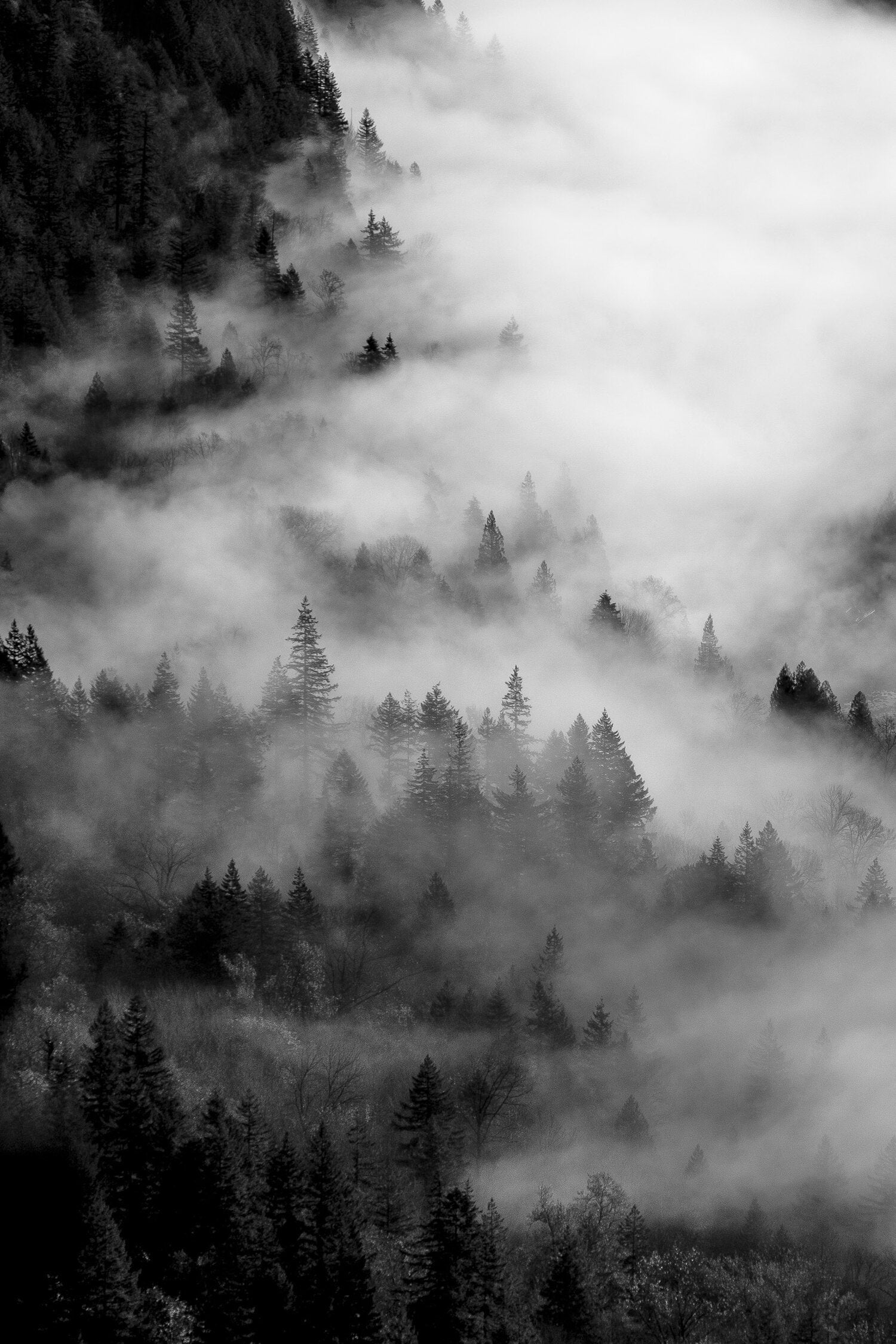Article: Snoqualmie High Peaks Traverse, April 2025
Snoqualmie High Peaks Traverse, April 2025

In late April in the Washington Cascades, as the snowpack grows thin at pass levels, it’s common for local skiers, especially those who call the Snoqualmie mountains home, to start looking further afield for their backcountry objectives. While I’ve often responded to the siren call of the higher parts of the North Cascades, the Sierra and even Alaska this time of year, a growing part of me seeks to utilize the local mountains to the utmost extent of my ability, finding out just how much can be accomplished in the proverbial backyard. Part of this drive comes from an effort to reduce the environmental impact of my adventuring, and equally, the more I explore the Snoqualmie Mountains, the more I’m convinced that they are as worthy an objective as any to be found.

A steadfast partner in this philosophy is North Bend based ski guide, Trevor Kostanich, with whom I have enjoyed many outlandish exploits in the mountains near and far. Trevor and I had been scheming for many months on a plan to spend up to 10 days in the highest parts of the Snoqualmie Mountains, known loosely as the Snoqualmie High Peaks. These are the peaks that reside at the furthest northeast corner of the Snoqualmie Mountains and include such summits as Chikamin, the Lemahs, Chimney Rock, Overcoat Peak and Summit Chief. And, while geographically they are within the parameters of the Snoqualmie region, in character they differ from the peaks closer to the Pass. Taller, more glaciated, more remote, and generally more severe, the relative proximity of these peaks should take nothing away from the seriousness of any enterprise into this remote corner of the local hills.
For those of you who want the modern day experience, this video will take you along for the ride. But read on for a deeper dive and more photography of a truly beautiful place.
Our calendars were marked for a start date of April 20, but unsettled weather in the form of an early spring snowstorm caused us to push our launch back by a day. Expecting much improved weather, we launched on the 21st, finding ourselves very much still in a winter weather system as we moved through intermittent snow, wind, hail and fog on our path from the Gold Creek Snow Park to Glacier Lake. Our hope was that this storm would yield just a few inches of fresh snow; enough to smooth the surfaces, but not enough to cause legitimate challenges in terms of stability and avalanches. In actuality, as we reached the middle elevations, we found that the storm had deposited 8-12 inches of fresh snow, more than enough to keep us on our toes until some future point at which it would hopefully be deemed well bonded and stable.

Nonetheless, feeling that sufficient ground had been covered, we called it a night on the east shore of Glacier Lake, and made plans to dip our toes in the bigger mountains the following day. After a sound night of sleep, we woke to clear skies and light breezes and had an enjoyable ramble to Chikamin Lake, where we dropped our overnight gear and set a course for the west summit of Chikamin for a bit of skiing and to see how the snow was bonding on the higher mountains before committing to the severe terrain of the Lemahs.

Keeping to fairly moderate slopes, we found reasonably well bonded snow and quite enjoyable skiing among spectacular scenery, arriving shortly back down to Chikamin Lake. While we were feeling optimistic about the snow, we decided to err on the side of caution, and give the snow another night to settle and hopefully freeze before launching further north.

In the pre-dawn hours the following morning, we broke camp and made our way to the base of Lemah 1. The south face we’d be climbing this morning had received sufficient solar radiation the previous day to melt and soften on the surface, which froze sufficiently overnight to provide a reasonable crust for safe climbing on ski crampons and boot crampons as we worked our way up an increasingly steep face toward a notch in the east ridge that would allow us access to the east side of the Lemah group, and an opportunity to study our first potential major ski objective: the east face of the main Lemah.

A scratchy descent and enjoyable climb brought us to the base of the east face, but as we started our ascent of the steepening headwall, it became clear that the crust we’d counted on for safety that morning was already failing in the morning sun, and that the deep storm snow below was nowhere near stable. The rumbling of wet slides on neighboring slopes was enough to confirm these suspicions, and we quickly moved toward a plan that would keep the traverse moving, but would alas not include any bonus lines in the Lemahs.

Our egress relied on the one feature that reasonably connects the upper alpine terrain of the east Lemahs to the valley - a massive canyon that drops from the ridge proper nearly 3000’ feet down the Lemah Creek drainage. Hemmed in with thousand foot walls on both sides, and dropping from the high alpine all the way down to the open meadows on the valley floor, it’s an imposing place to be, but time was on our side and we were able to travel through the terrain in the relative cool of the morning before the afternoon warming had it’s chance to severely loosen the snowpack. Our safety assured, we leisurely began our ascent of the broad ridge separating the Lemahs from Chimney Rock, arriving in the early afternoon at a spectacular campsite on a flat bench with views of the mountains we’d just traveled, as well as those soon to come.

By now, we were noticing a weather trend whereby the nights were clear, but not cold, resulting in a thin surface refreeze in the early hours, followed by a long afternoon of warm and potentially unstable conditions. As the terrain on our route had significant exposure to hazardous slopes as a daily occurrence, we began to move our start times deeper into the darkness of the early morning in order to maximize the shallow surface crust, which unfortunately wasn’t softening to corn by midday, but was instead revealing soft, isothermic snow below, often multiple feet deep. Bearing this in mind, we started from camp in the dark, finding ourselves committing to a very steep couloir feature in the grey of dawn as we made our way onto the lower flanks of the Chimney glacier.

Here, again, we had hoped to use our time on the east side of Chimney Rock to ski a massive line from just below the south peak of Chimney, directly through the Chimney Glacier. But instead, we found ourselves moving quickly through the east-facing glacial terrain with all haste in order to climb the huge south face toward the Overcoat Glacier before the snow started its daily shed cycle. So far, our primary ski objectives, both in the Lemahs and Chimney Rock had been jettisoned in pursuit of safety. But, as we had moved across the Chimney Glacier, we couldn’t help notice that there were some small pockets of protected powder on the most north facing aspects of the glacier, and upon reaching the Overcoat Glacier, we were drawn to the apparent snow quality and undeniable aesthetics of the north face of the Finger of Fate.

Treading lightly in deepening, but apparently well-settled powder, we worked our way up the face, first skinning, then transitioning to a bootpack up the central spine of the face, arriving at a wild notch which looked over a thousand foot drop to the Chimney Glacier on one side, and down a beautiful slope of April powder on the other. Trevor, having broken trail up the face, got the honors and arced effortless turns back down to the broad Overcoat Glacier. His hoots of glee were all the info I needed, as I too let the skis run, playing with the central spine and then opening to huge carves on the open glacier. For all of our effort, and after multiple aborted objectives, we were overjoyed to have skied something particularly beautiful in flawless conditions. A rare treat, deep in the heart of the Snoqualmie High Peaks.

Amazingly, our descent was only getting started as we repacked our bags with the overnight gear we had cached during the side trip up the Finger of Fate. We still had 3000’ of vertical between the Overcoat Glacier and the Middle Fork River, our low point for the day. Our foray into the Middle Fork Valley included every type of snow imaginable, from powder, to corn, to icy crust, to isothermic mank. But the terrain was vast and incredible and the sensations as we took a swimming break in the frigid waters of the Middle Fork were nothing short of ecstatic. Also, ask me if I think there are Sasquatches in the Middle Fork valley. You might be surprised by my answer.

Now in the afternoon of our fourth day, we had some route decisions to make. Our weather forecasts indicated that we had 2-3 more days of clear weather before the next round of precipitation would move through the mountains. Unfortunately the trend was for continued warming, transitioning from warm and sunny to warm and wet. We couldn’t afford to travel in these mountains during a wet warming event, as major end-of-season climax avalanches were becoming a real threat as the snow continued to saturate without any meaningful overnight freezes. We had options to continue on a NE trajectory toward Bears Breast and Hinman, with an exit to HWY 2 to the north, or we could camp in the Middle Fork Valley, then head back into the heart of the Snoqualmie High Peaks via the Summit Chief cirque, and back past Chimney and Lemah, this time on the west side of the peaks. Our loyalty to the Snoqualmie Mountains would win out, and we decided to finish the trip where we started, on Snoqualmie Pass.

The next morning we bumped camp from the valley floor up to beautiful bench directly across the valley from Middle Chief Peak. This day was forecast to be the warmest of the week, and we were growing ever more dubious about the stability, so we opted to spend this day recuperating in advance of a big push over the following two days in order to exit before the weather fully turned. While we kept to the safety of our camp, our minds skied the wild couloirs across the valley on Little Big Chief and Middle Chief. A return trip for these objectives stands atop my list of big outings for the coming season.

The morning of Day 5 presented a difficult strategic challenge. After a moderate climb to the Summit Chief Col, we’d be faced with a large, steep, exposed south to southwest facing descent into the basin between Summit Chief and Chimney. From there we’d need to ascend a NE facing shoulder to the Chimney Glacier, before re-climbing the SE face to the Overcoat Glacier that we’d ascended 2 days previous. If we started too early, we’d have to ski the descent on dangerously frozen snow in dubious light, if we started too late, we’d be climbing the face below Chimney Rock in dangerously warming snow with overwhelming overhead hazard. Starting in the dark, we found ourselves atop the Summit Chief col just as the first pink shades of alpenglow painted the summit of Chimney Rock. We had plenty of light for the descent, but the race was on.

Careful route finding and delicate skiing on a nasty breakable crust mixed with avalanche debris found us at the base of the huge cirque between Summit Chief and Chimney. A reasonably safe series of benches allowed access to the Chimney Glacier, but looming above remained a slope that was rapidly warming, and which, disconcertingly, featured new glide cracks that hadn’t been present two days before; meaning that the entirety of the snowpack was moving on the bedrock below in a slow-motion creep toward a potential sudden failure. Moving with all haste, and knowing that this was at the outer edges of our tolerance for objective hazard, we were relieved when we soon found ourselves breathless but safe on the relatively flat, and relatively cool Overcoat Glacier above, which led us toward to shaded west faces below Chimney Rock.

The advanced time of year, and the overall diminishment of seasonal snowpack due to climate change allowed that the route finding down to Iceberg Lake was not as straightforward as expected, and we narrowly avoided some nasty dead ends as we scraped our way across a hard crust that was hours from seeing its first rays of sunshine. An uneventful climb out of Iceberg Lake found us in position to make a very efficient high traverse below the 1st and 2nd Lemahs to the outlet of Chikamin Lake. Easy moves brought us to the frozen surface of the lake where we took a moment to celebrate and reflect on the amazing figure-8 route we had just traveled through the heart of the Snoqualmie High Peaks, as our further travels would be confined to retracing our approach, and would be within the range of our more frequent winter forays into the area.

While we were now moving into more familiar terrain, we weren’t out of the woods yet, and we didn’t particularly like how conditions were shaping up for the following day, as ever warming temperatures continued to increase the uncertainty in the snowpack. Overnight, the temperatures remained above freezing, but the radiative cooling below clear skies allowed for a thin creme brûlée to put a light lock on the surface instability. Knowing we needed to make the most of this, we launched from Glacier Lake at 2:30am, enjoying the efficiency and certainty that came with retracing our tracks from 6 days prior. Unexpected thick fog made the ascent and descent from East Alta distinctly engaging, but we happily found ourselves out of the fog and in a beautiful swirling sunrise as we climbed out of the Rachel Lake basin toward Lake Lillian.

As expected, the snowpack had thinned significantly as we began to descend into the lower elevation bands toward the car, but with some creative moves, we were gratified to find that we could ski to within less than a mile from the trailhead. As we took to the last bit of gravel road in our ski boots, the seasonal change was afoot as the first jeeps of the season drove by in their efforts to begin punching into the mountains. It was well before 11am that we were enjoying a robust meal of tater tots and beer at the Laconia Market on the pass (don’t judge us, we’d already put in an 8-hour day!)
While we had bypassed literally all of our primary ski objectives in exchange for just covering the required ground in relative safety, we felt deeply gratified to have spent a week experiencing wild moments of awe and adventure in a distinctly rugged and scenic mountain range, all the while staying a quick 30 minute drive from our own beds. And those lines we didn’t get to ski? Well, they’re just sitting there in the backyard waiting for the next time we want to take a short drive and a long walk.



Leave a comment
This site is protected by hCaptcha and the hCaptcha Privacy Policy and Terms of Service apply.